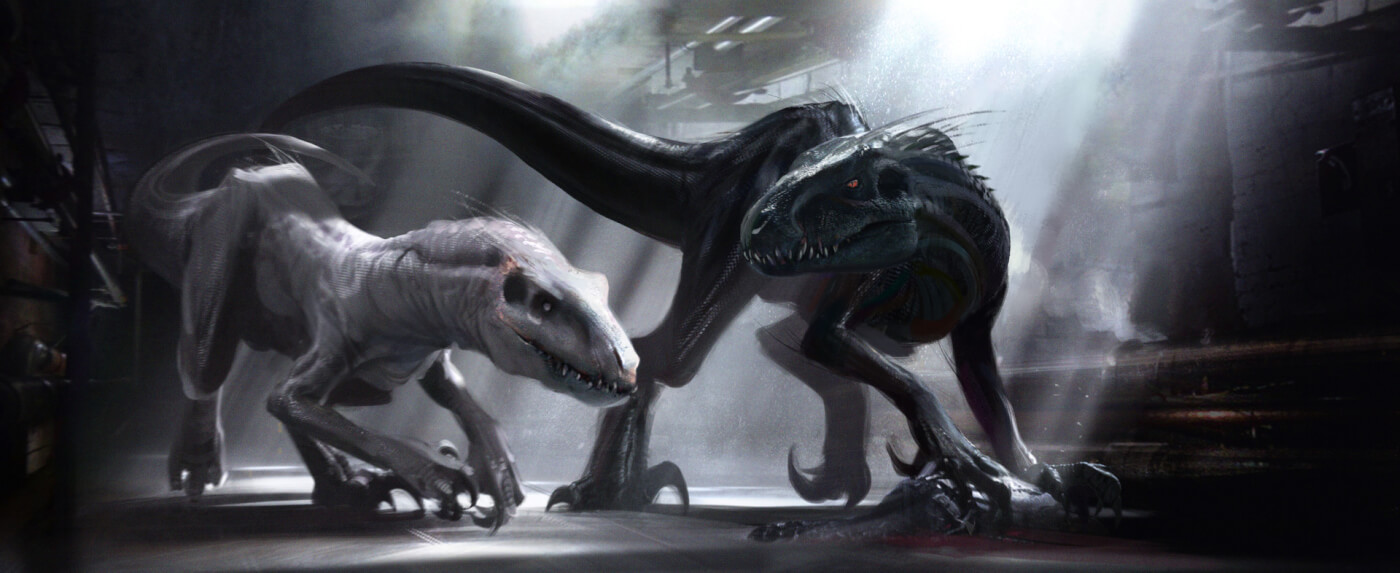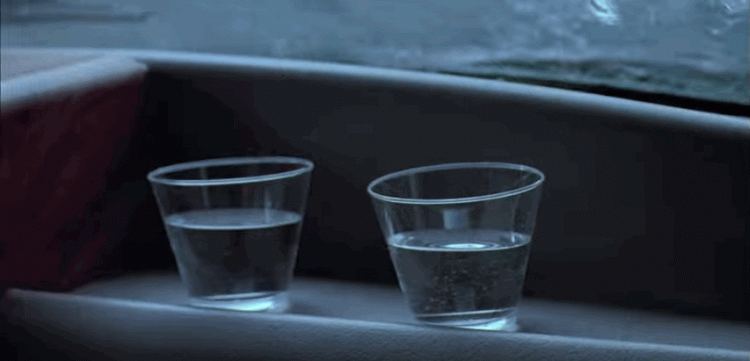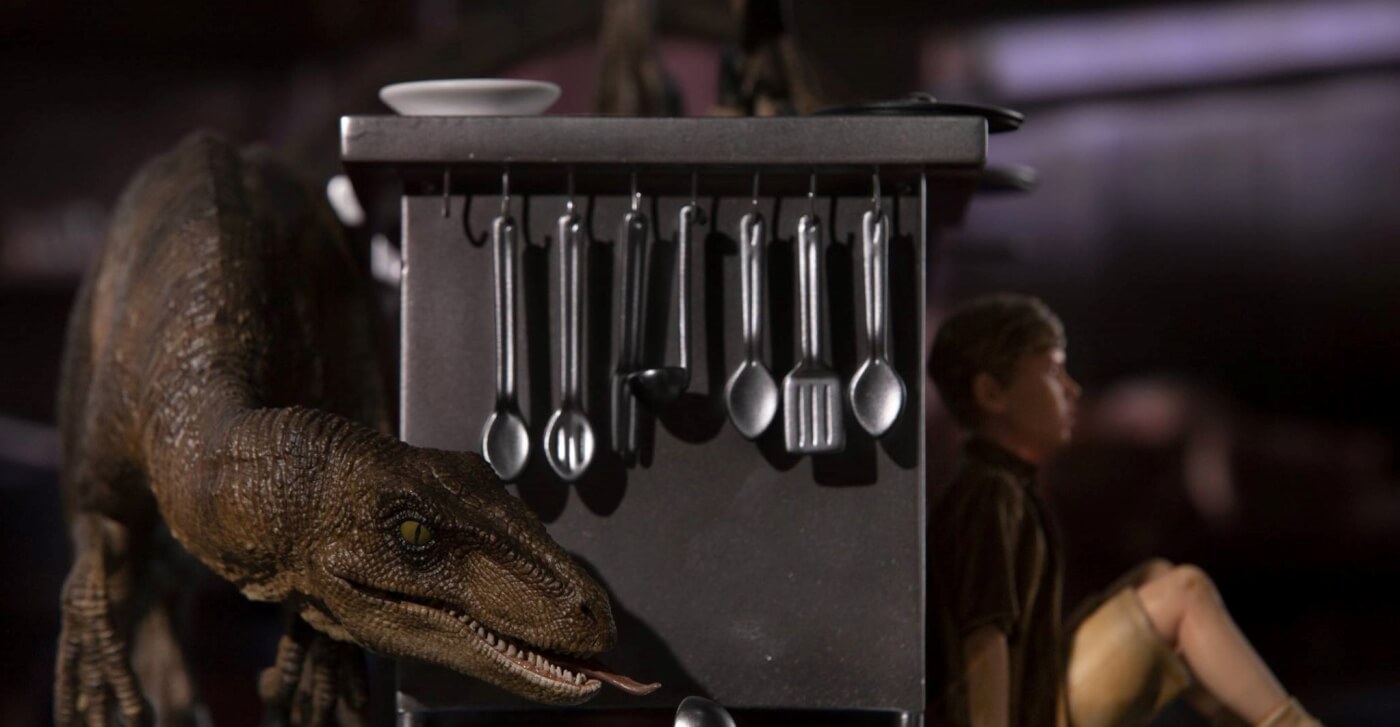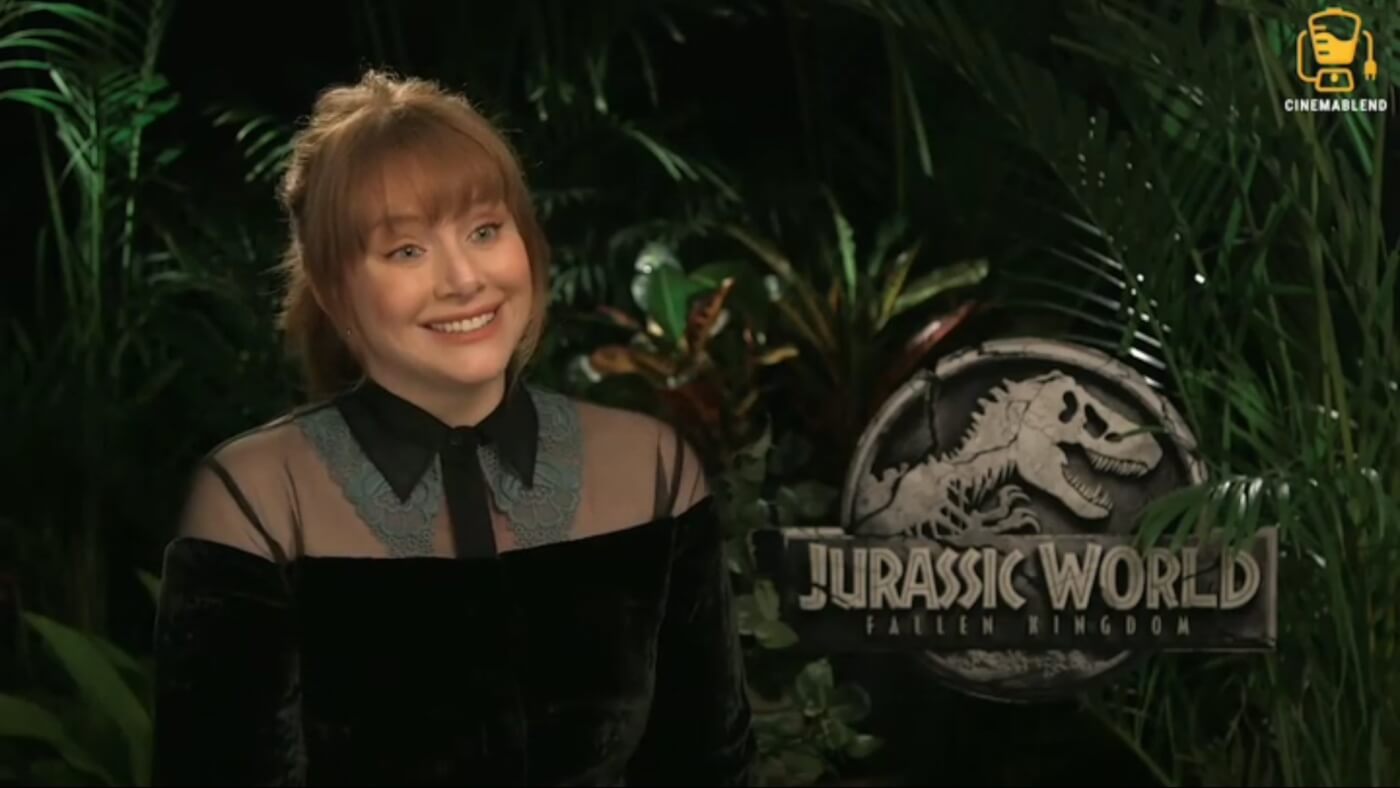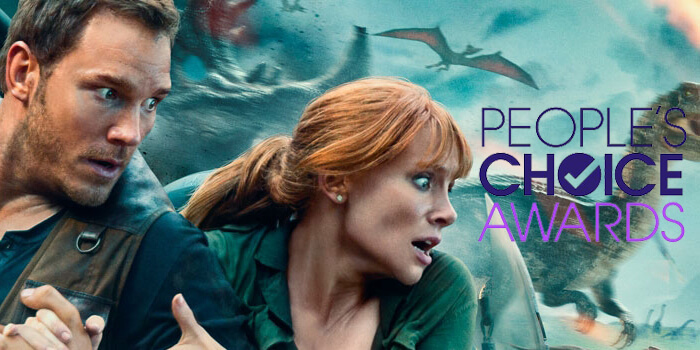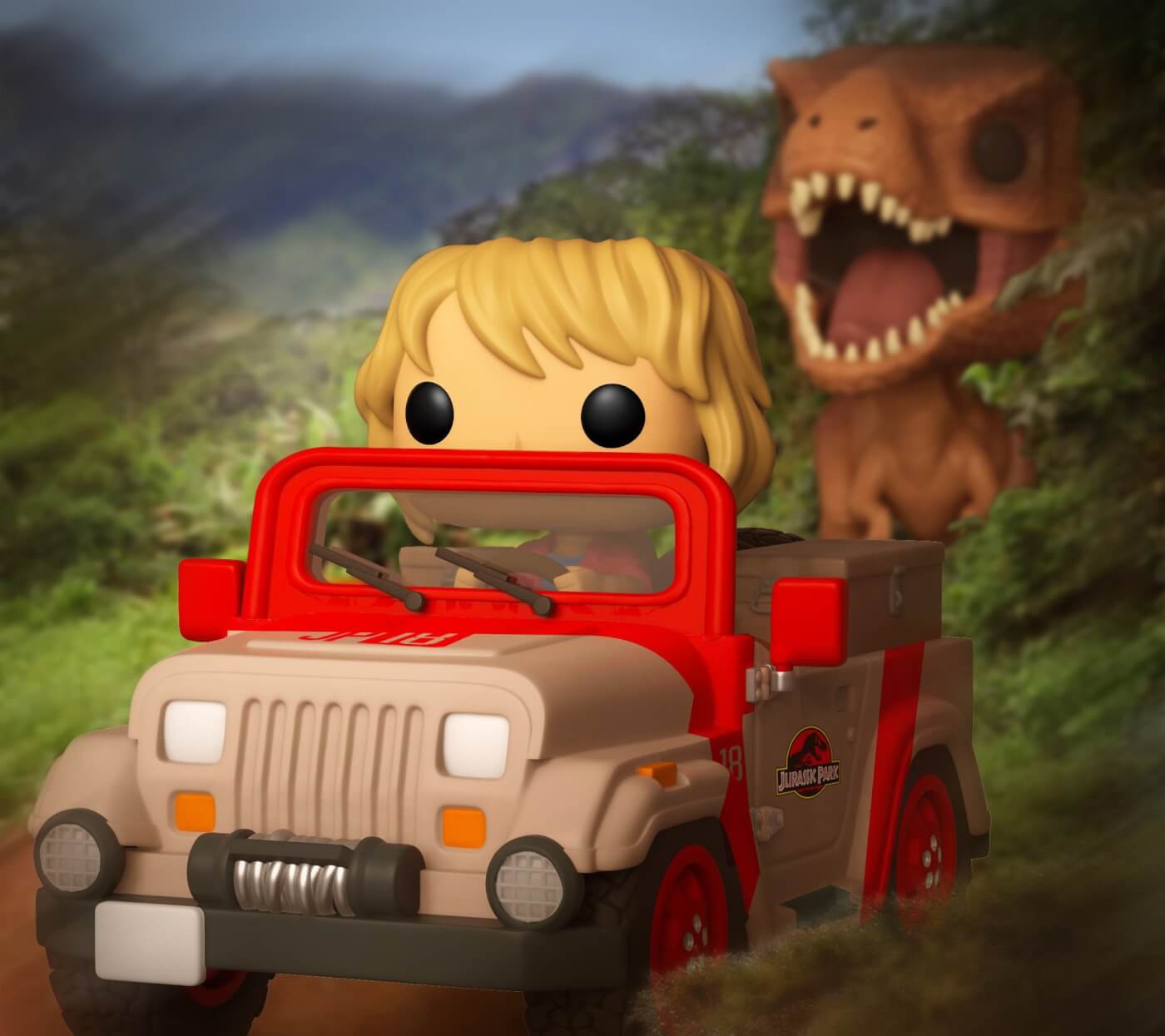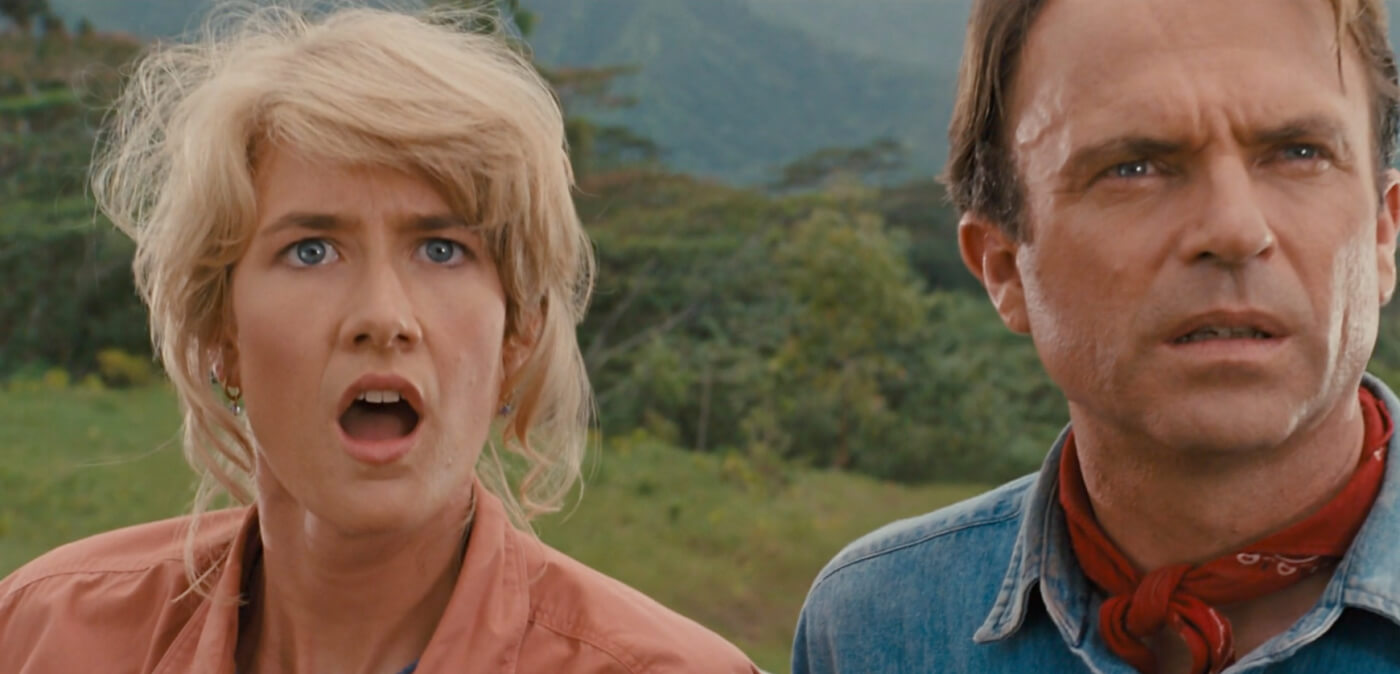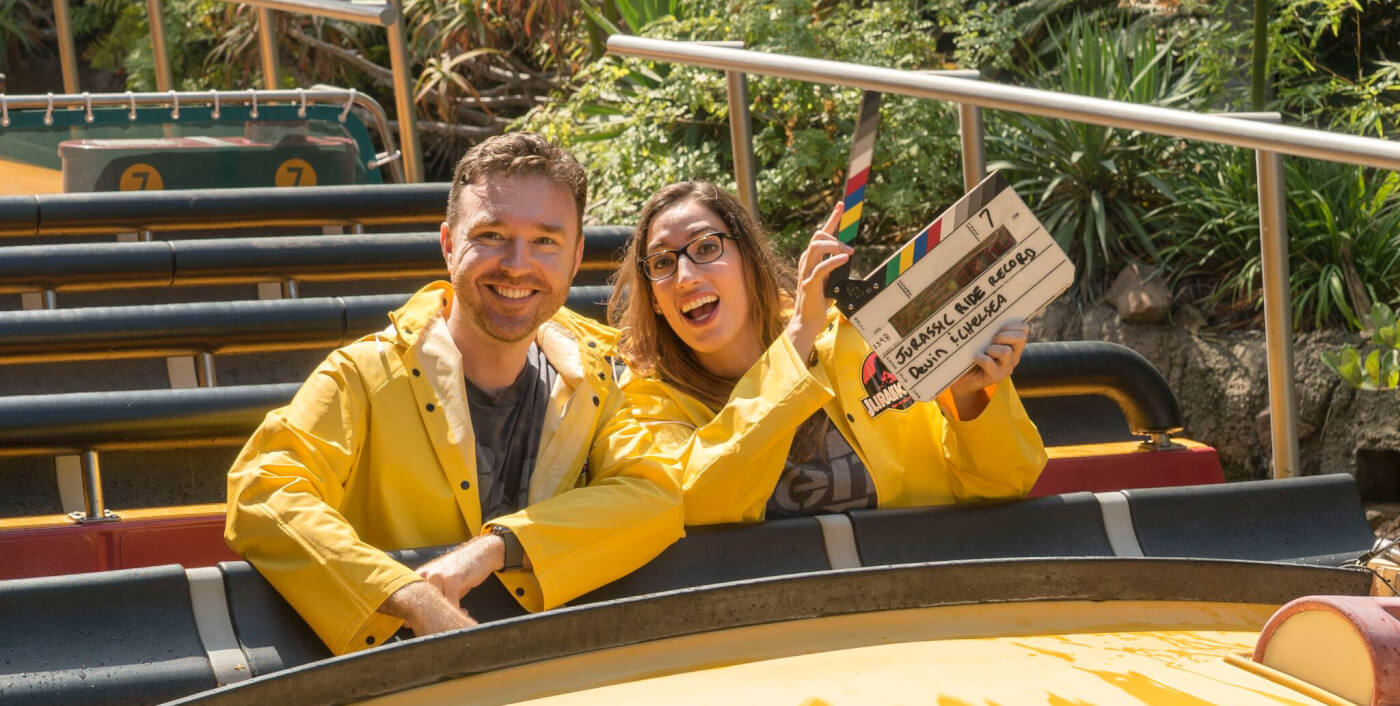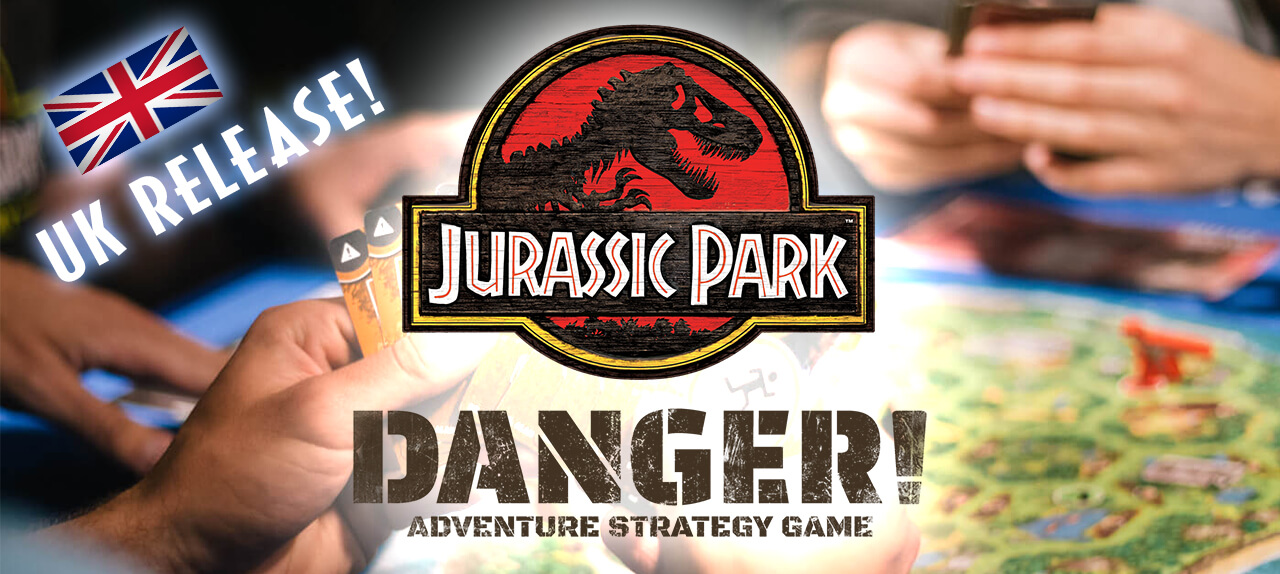“Do you remember the first time you saw a dinosaur?”

There is a photograph of me, at the young age of three years old, with my older sister in the back garden of the home I grew up in. We are surrounded by pulled up weeds standing in for tiny trees, dishes full of water in place of vast lakes, and between them, herds upon herds of plastic dinosaurs. I may not remember the moment, but this is a snapshot of the first time I saw a dinosaur.
We all have our own stories on how it first happened: some earlier in life, some not till later. But all equally important. There’s a reason you’re on this site, reading this piece right now. I saw the first Jurassic Park a couple years later on VHS, a birthday present from my father. I’m sure most of you reading understand what happened next. Life-changing moment leading to a lifelong obsession, so on, so on.
Michael Crichton mused on what it is that makes dinosaurs so fascinating to children. They are the legends of the modern age. They have the fantasy appeal of classical mythology, but they were real. Dinosaurs were scary: scarier than adults, scarier than school. But they can be controlled – by learning their names, what they ate, when and where they lived, children have power over them, and also power over their parents. Generally speaking, dinosaurs are one of the few subjects children are experts on, and can trump their parents’ knowledge hands down.
We’re all introduced to these myths at different ages, through different mediums. I’m sure many of us have fond memories similar to that I described above. These could be reading books, playing with toys, or more pertinent to this community, watching films. In our modern world, the Jurassic series has served as either an entry point to or a celebration of our favourite prehistoric reptiles for over two decades now.

As we grow older, some of us leave these legends behind, some of us treasure them for years to come, and some of us will defend the originals, what we hold dear. We all want whatever comes next to be as special and fantastical as it was, and still is in our minds. Unfortunately, this can’t always be true for everyone. We all have our own desires and wishes for the future for the Jurassic franchise, and with each new installment, there is more chance of opinion between us to become fractured and divided. It all comes from a place of passion and love, wishing the best for our own personal favourite legend.
In the 1990s, public interest in dinosaurs and palaeontology was at an all-time high. This was in no little thanks due to Jurassic Park. It bled into other widespread media globally, reaching across generations. This ranged from a slew of animated dinosaur features coming off the tails of the 1993 blockbuster to the largest sitcom ever at the time featuring a palaeontologist as one of its lead characters. But the following decades saw a slump. Many museums even moved away from the display of prehistoric creatures to represent other aspects of the natural world. Dinosaurs just weren’t as fashionable anymore.
I am very honoured to work in a profession that allows me to directly engage with the public, discussing scientific topics such as natural history and dinosaurs. I grew up for the most part in the post-Jurassic Park III slump. When I was a kid, at least in my school and area, it wasn’t trendy to like dinosaurs. And due to having grown up in that period, I am consistently astounded by the renewed interest and knowledge that kids have these days. They come from all over and in droves, ready to share their knowledge and find out even more. Liking dinosaurs isn’t a fringe interest anymore. Dinosaurs are cool.
We have entered the Neo-Jurassic age. And that is thanks to Jurassic World and Fallen Kingdom.

No matter our opinions on these latest entries in the series as veteran Jurassic fans, the gates have opened to the next generation. These children are just discovering their legends, myths and stories for the first time, just as we did years ago. And most importantly, it’s getting them engaged in science at a rate unprecedented in recent years. I am consistently astounded by what children are coming out with now. They tell me where obscure creatures like Sinoceratops were discovered. What a strange little pterosaur called Dimophodon was speculated to eat. It’s not just the T. Rex anymore, they’re discovering all these weird and wonderful prehistoric species that were unknown to me as a kid. They’re even bringing in toys of real paleontological deep-dive species such as Metriacanthosaurus and Minmi, thanks to the fabulous prehistoric range of the Mattel toyline.
As it was for many of us, the Jurassic series serves as a gateway to further knowledge. It can lead to palaeontology, genetics, biology, ecology, chaos theory, or even tourism and theme parks. The list goes on and on. Even if they come in with misconceptions, such as believing a Mosasaurus was larger than a blue whale, or that many dinosaurs that we no know to be covered in feathers were completely scaly, they are engaging. This is the jumping-off point into real science, and they are looking for answers. It is this insatiable desire for knowledge that is what I believe makes dinosaurs so appealing to children. There’s always more to learn, always new discoveries to be made, mysteries to be solved. A new generation has been inspired by their own stories and legends.
And that is something worth treasuring.























































